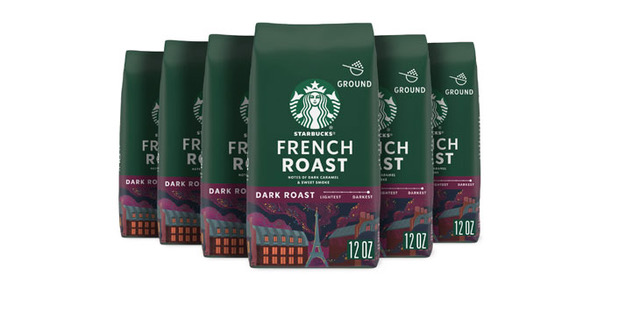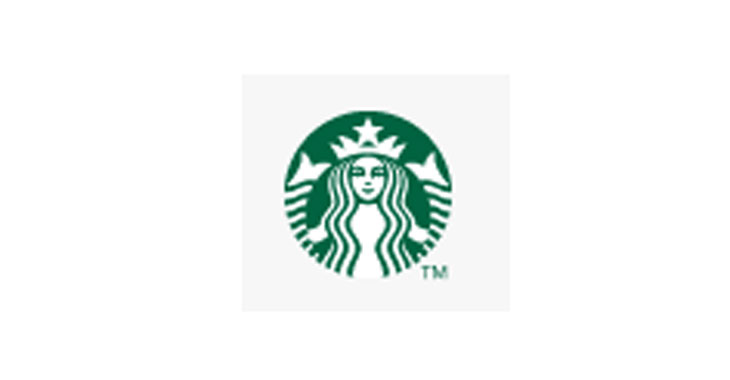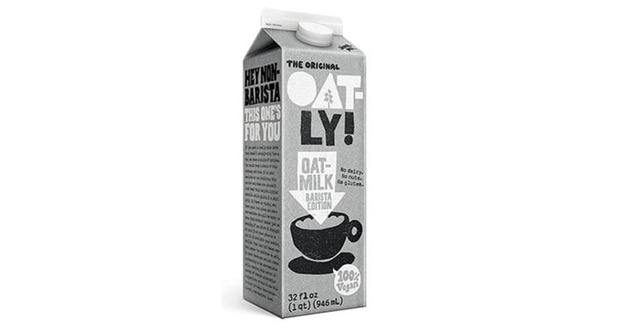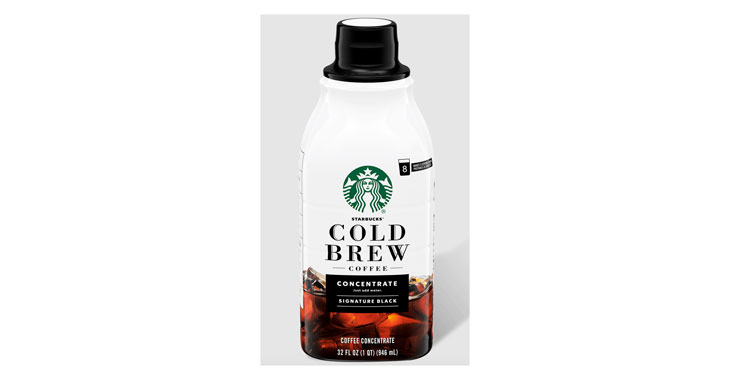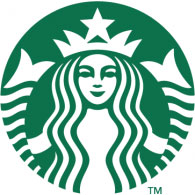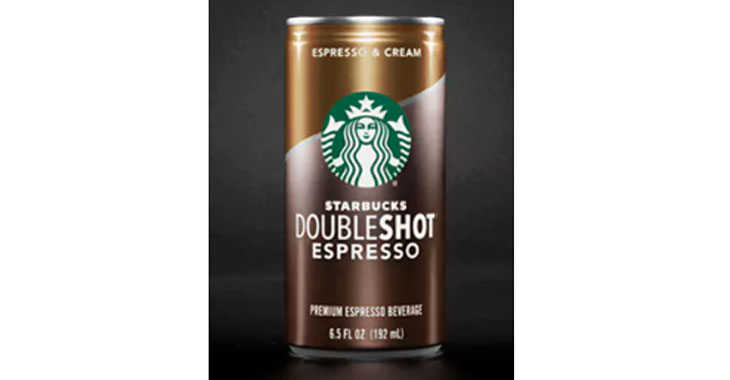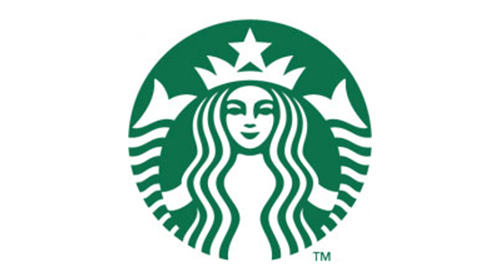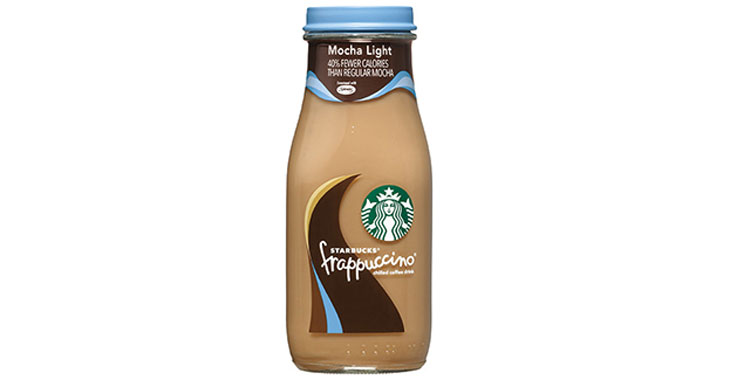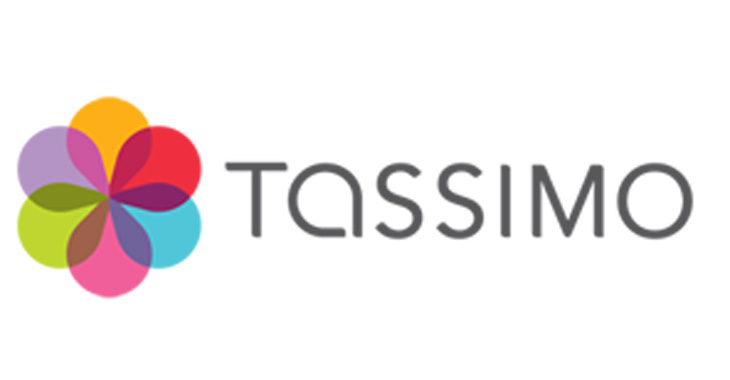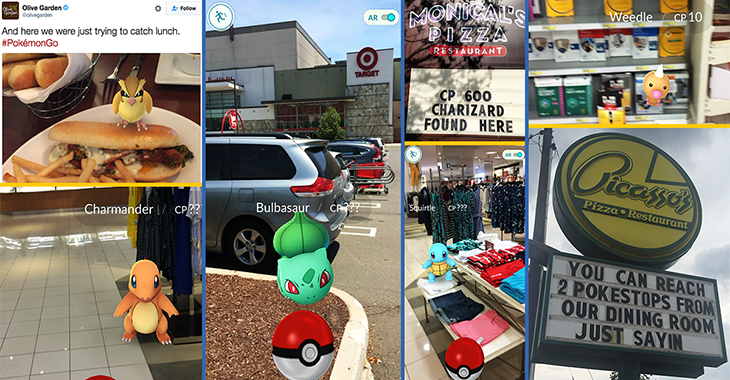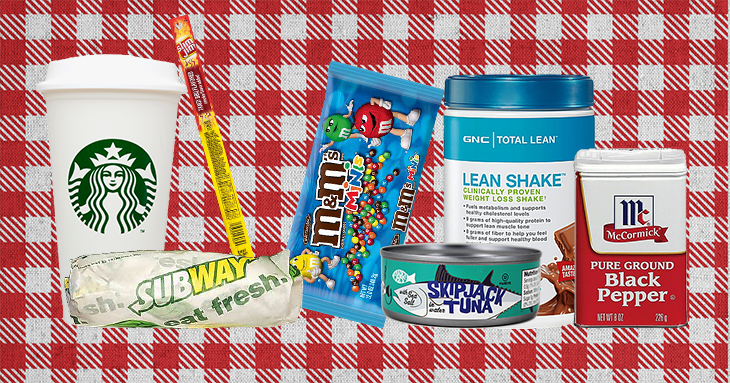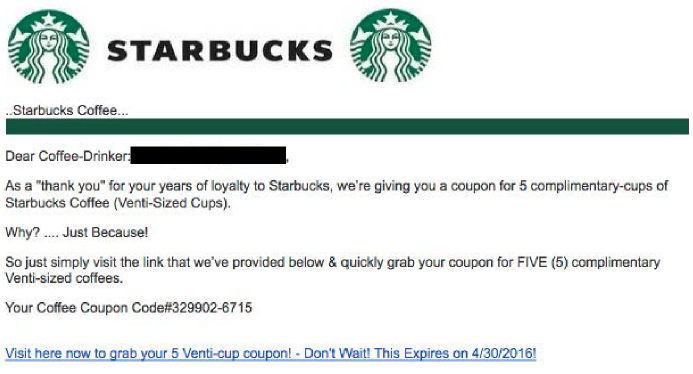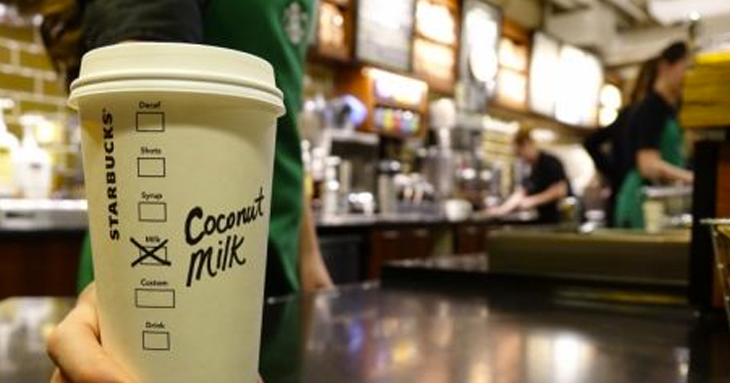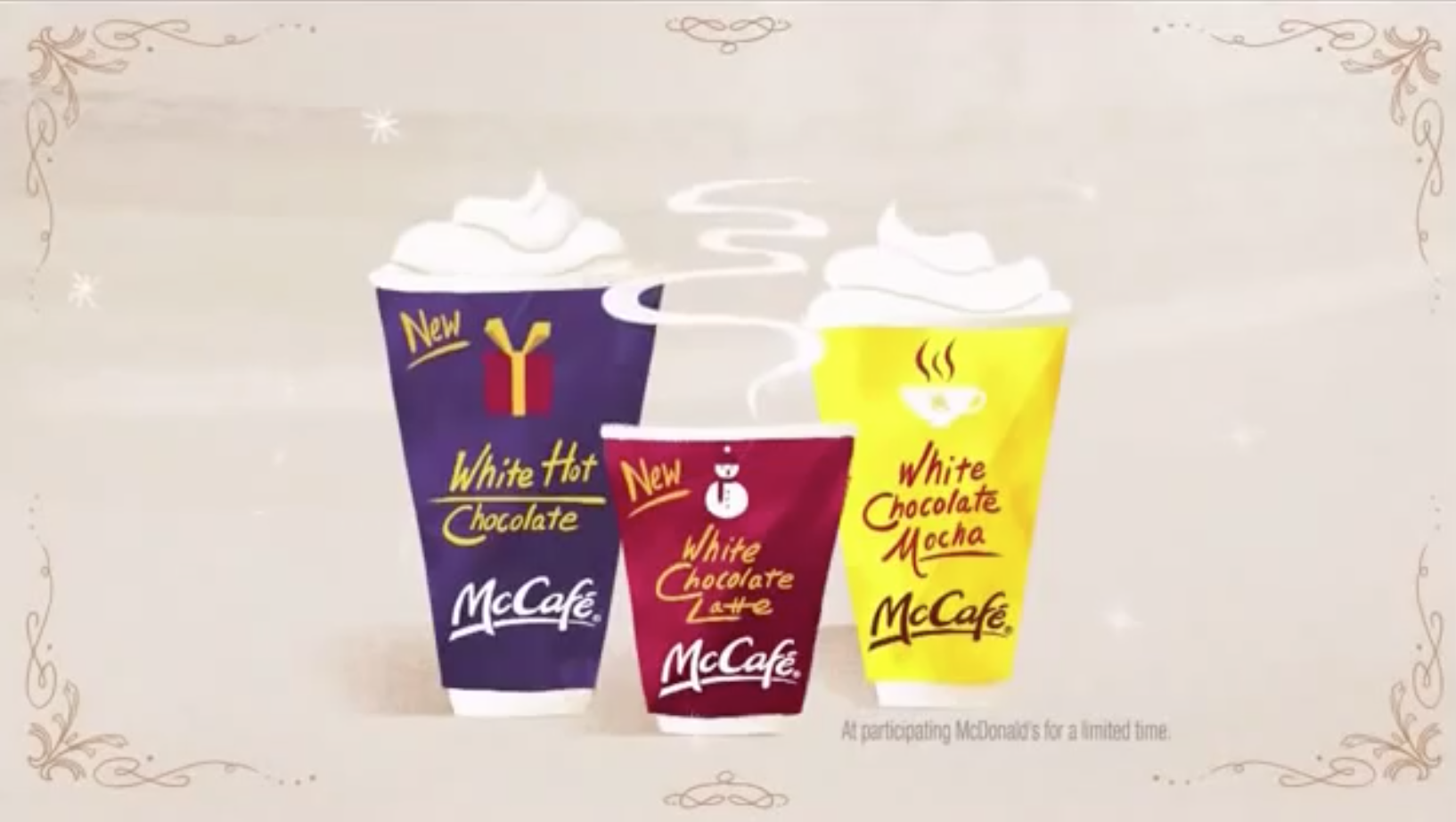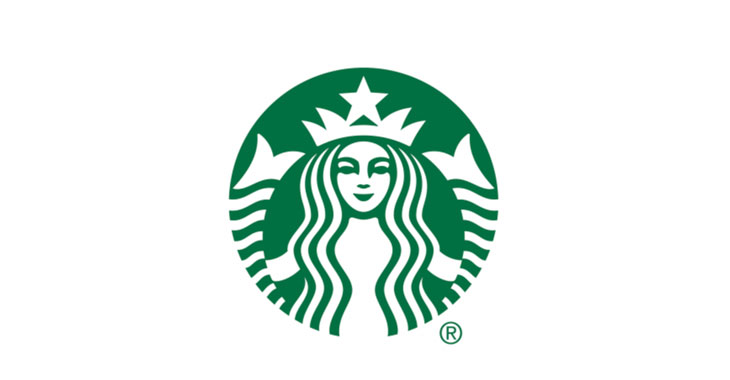
Starbucks Refreshers
Allegations: Beverages do not contain the fruits advertised in the product name
In February 2020, a class-action lawsuit was filed against Starbucks alleging that it misleads consumers by making them believe that large (or Venti-sized) espresso beverages contain more espresso and caffeine than medium (or Grande-sized) espresso beverages when, according to the complaint, both sizes of the drink contain the same amount of espresso and caffeine. (Adams et al v. Starbucks Corp., Case No. 20-cv-225, C. D. Cal.)
For more of TINA.org’s coverage of Starbucks, click here.
Allegations: Beverages do not contain the fruits advertised in the product name
Allegations: Misleadingly marketing products as “100% Arabica Coffee” when they contain added potassium
Allegations: Misleadingly representing that cocoa has been harvested following ethical and environmentally responsible standards
Allegations: Misleadingly marketing bagels as “Sprouted Grain” when they are made primarily with non-sprouted grains
Allegations: Misleadingly marketing products as healthy, safe, and high quality without disclosing that they may contain harmful bacteria
Allegations: Coffee products contain fewer servings than advertised
Allegations: Falsely advertising that the flavor comes from vanilla when the ingredients list shows that the flavor comes from unspecified “Natural Flavor”
The in-store presence of Pokémon prompts TINA.org inquiry about possible marketing agreements.
How much is really in there?
Survey says: Don’t take this survey.
Consumers sour on milk after learning of additives in Starbucks coconut product.
Does McDonald’s beverage met the FDA definition of white chocolate?
